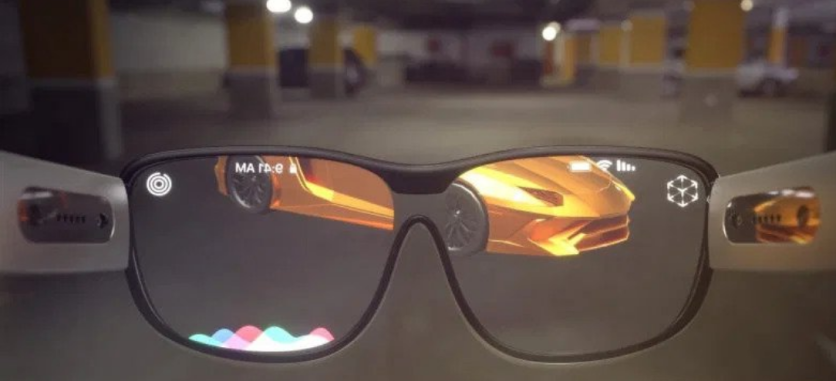Rumors have it that Apple AR gadgets will have a new HomePod-style spatial audio feature that would bring a more realistic AR experience. This is a great innovation since it will increase the depth of sound of the tech giant's new augmented reality devices, including the new Apple AR headset.

What do you think is coming down the pipeline $OMI fam?
— Kyle Willson (@KyleWillson) March 26, 2021
Apple (Glass/Headset {VR/AR}) Partnership, App Developer Partnership, Crypto Exchange listing or a Big Brand Licensed Deal? #VeVe #VeVeApp #OMI pic.twitter.com/ztmfImbXaO
If you are using one of the Apple HomePod products, you will notice that they have circular and cylindrical shapes, which send the sound waves to all parts of the room. The new HomePod-style audio works in a similar way.
According to Apple Insider's latest report, Apple has always been searching for ways to improve the sound features of its products. The tech giant manufacturer even conducted a study on how to make audio sound 3D.
"Audio system having audio and ranging components," explained Apple via its new Patent.
"In existing methods of reproducing a sound image to an observer in a virtual space," added the giant manufacturer.
Apple's new HomePod-style spatial audio
Apple explained that in order to achieve the new HomePod-spatial audio feature, various microphones are needed. These mics should be distributed around the actual space. They also need to be spaced apart from one another so that they rely on the detected sound for source localization.

Also Read : Apple TV Refresh Rate to Feature 120Hz of Power, As Revealed by the Soon Updating tvOS 14.5 Beta
However, the tech giant manufacturer added that this method doesn't allow for a single, compact microphone array to be used for sound source localization.
Aside from this, Apple added that the virtual space can map to an actual space.
This means that even if the real object is in another room, the HomePod-style spatial audio can still detect the sound they create and map them in the actual equivalent position.
HomePod-style spatial audio's other details
Apple AR's new audio feature also uses various camera sensors that can detect the same space from a different vantage point. Aside from this, the company's new patent also explains how the HomePod-style spatial audio can be played back by the user.
Apple explained that when a sound comes back within the field of view, there's a delay and gain of the audio signal that can be adjusted to render virtual sound. This leads to audio that sounds like retreating and moving forward. You can click here to see more details.
For more news updates about Apple and its upcoming innovations, always keep your tabs open here at TechTimes.
This article is owned by TechTimes
Written by: Giuliano de Leon
![Apple Watch Series 10 [GPS 42mm]](https://d.techtimes.com/en/full/453899/apple-watch-series-10-gps-42mm.jpg?w=184&h=103&f=9fb3c2ea2db928c663d1d2eadbcb3e52)



